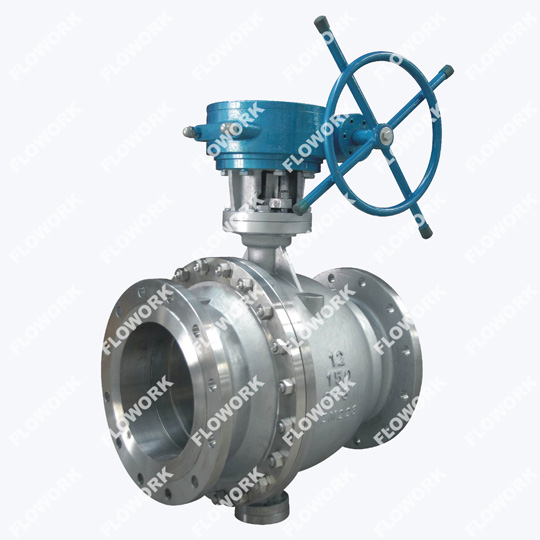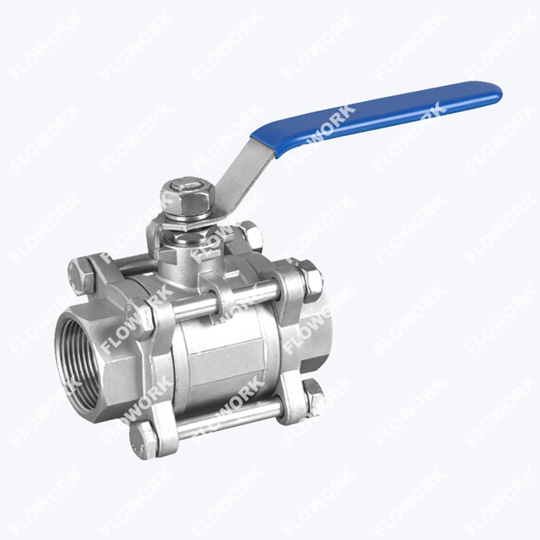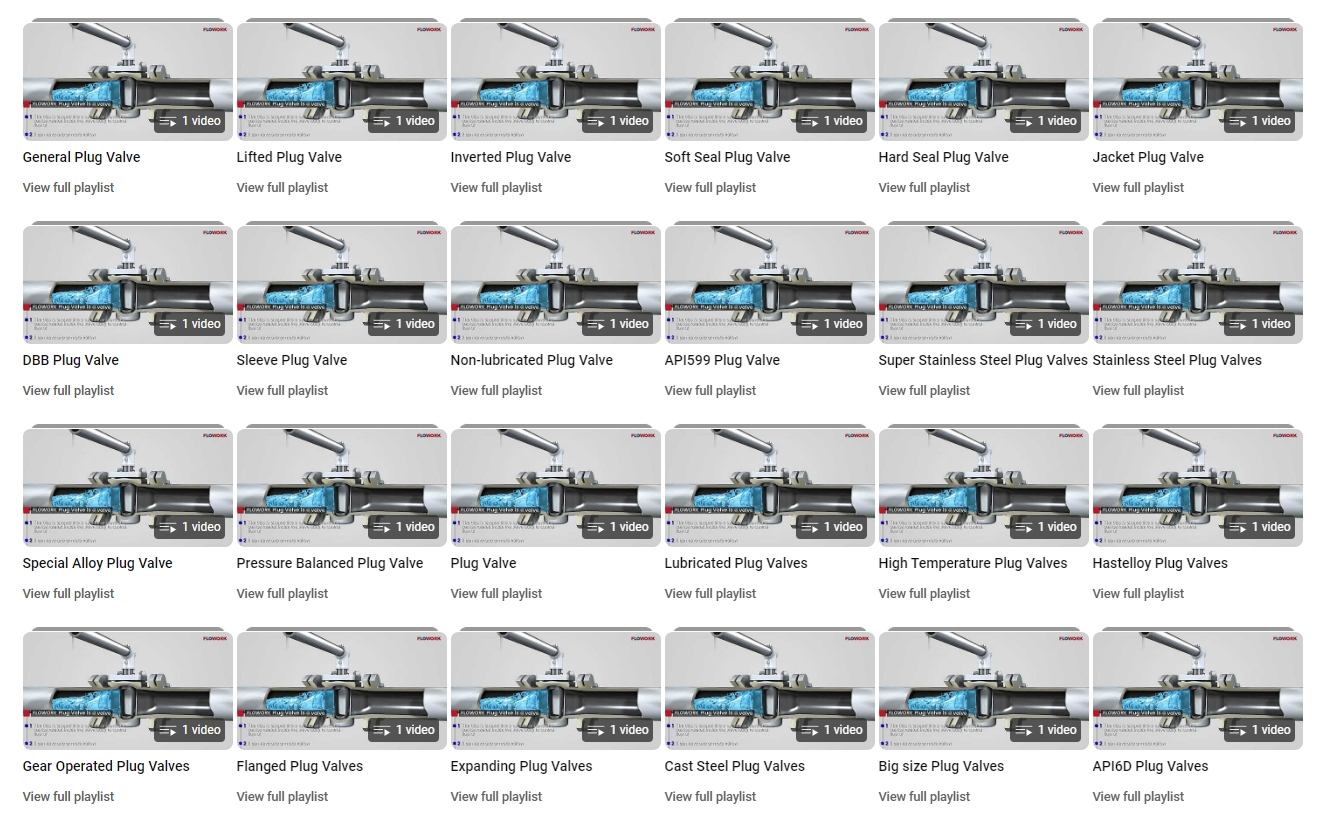How do you pressure test a ball valve?
Pressure Test Ball Valves: A Critical Step to Ensure Safety and Performance. I want to talk to you about how to pressure test ball valves. By introducing the importance, preparation, test steps and result analysis of pressure testing, everyone jointly explores how to ensure the safety and performance of ball valves. I use a professional, rigorous language style that meets the needs of my target audience.
1. Pressure test ball valve
As a fluid control device widely used in various industrial systems, the performance and safety of ball valves are crucial. In order to ensure that the ball valve has good sealing performance and pressure-bearing capacity under normal working conditions, pressure testing is an essential step. I will introduce in detail how to perform pressure testing of ball valves to help experts in related fields better understand and master this key technology, wholesale globe valve.

2. The Importance of Stress Testing
Verify sealing performance: Pressure testing can detect whether there is leakage on the sealing surface of the ball valve to ensure that the valve has good sealing performance in the closed state.
Evaluate the pressure-bearing capacity: Through pressure testing, the ball valve's pressure-bearing capacity under a specific pressure can be evaluated to ensure that it can withstand the working pressure of the system.
Prevent potential risks: Regular pressure testing of ball valves can detect potential safety hazards, such as cracks, deformation, etc., thereby preventing accidents.
Ensure compliance with specifications: Performing pressure testing can ensure that the ball valve meets the requirements of relevant standards and specifications to ensure the safety and reliability of the system, butterfly valve factory.
3. Preparation work
Select the appropriate test medium: According to the material and working conditions of the ball valve, select the appropriate test medium, such as water, air or oil, etc.
Prepare test equipment: Prepare required test equipment such as pressure pumps, pressure gauges, connecting pipes, etc., and ensure their accuracy and reliability.
Check the condition of the ball valve: Before performing the pressure test, check whether the appearance and structure of the ball valve are intact and ensure that it is in normal working condition.
Determine the test pressure: Determine the appropriate test pressure according to the specifications of the ball valve and the system working pressure. Usually 1.5 times the working pressure is taken as the test pressure.

4. Test steps
Install the ball valve: Install the ball valve correctly on the test equipment, making sure it is in the closed position.
Gradually pressurize: Use a pressure pump to gradually increase the pressure of the test medium while observing changes in the pressure gauge, wholesale plug valve.
Check for leaks: During the pressurization process, check the sealing surface and other connecting parts of the ball valve for leaks.
Pressure maintenance observation: When the test pressure is reached, keep the pressure stable for a period of time (usually 5-10 minutes), and observe the changes in the pressure gauge to evaluate the pressure-bearing capacity of the ball valve.
Pressure reduction inspection: During the pressure reduction process, check again whether there is leakage on the sealing surface and other connecting parts of the ball valve.
Record results: Detailed records of pressure changes, leaks, and other observations throughout the test process.
5. Result Analysis and Processing
Analyze the test results: Based on the test results, evaluate whether the sealing performance and pressure-bearing capacity of the ball valve meet the requirements. If there is a leak or other abnormal situation, the cause needs to be further analyzed and corresponding measures taken.
Handling unqualified products: Ball valves with unqualified test results should be repaired or replaced to ensure that their performance and safety meet requirements.
Regular inspection and maintenance: Perform pressure tests and inspections on ball valves regularly to discover and deal with potential safety hazards in a timely manner to ensure the normal operation of the system.
Improve product quality: Through the analysis and processing of test results, deficiencies in the product design and manufacturing process can be discovered, providing a basis for improving product quality, ball valve factory.
Through a detailed introduction and analysis of ball valve pressure testing, I emphasized its importance in ensuring system safety and reliability. By mastering the correct testing methods and techniques, experts in related fields can better evaluate and improve the performance and quality of ball valves. In the future, with the continuous advancement of technology and changing application requirements, I look forward to making more breakthroughs and innovations in the design and manufacturing of ball valves to meet more stringent industrial application requirements.








